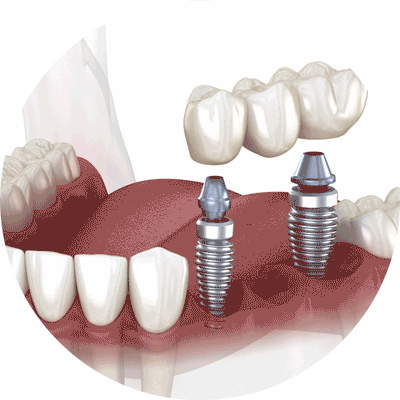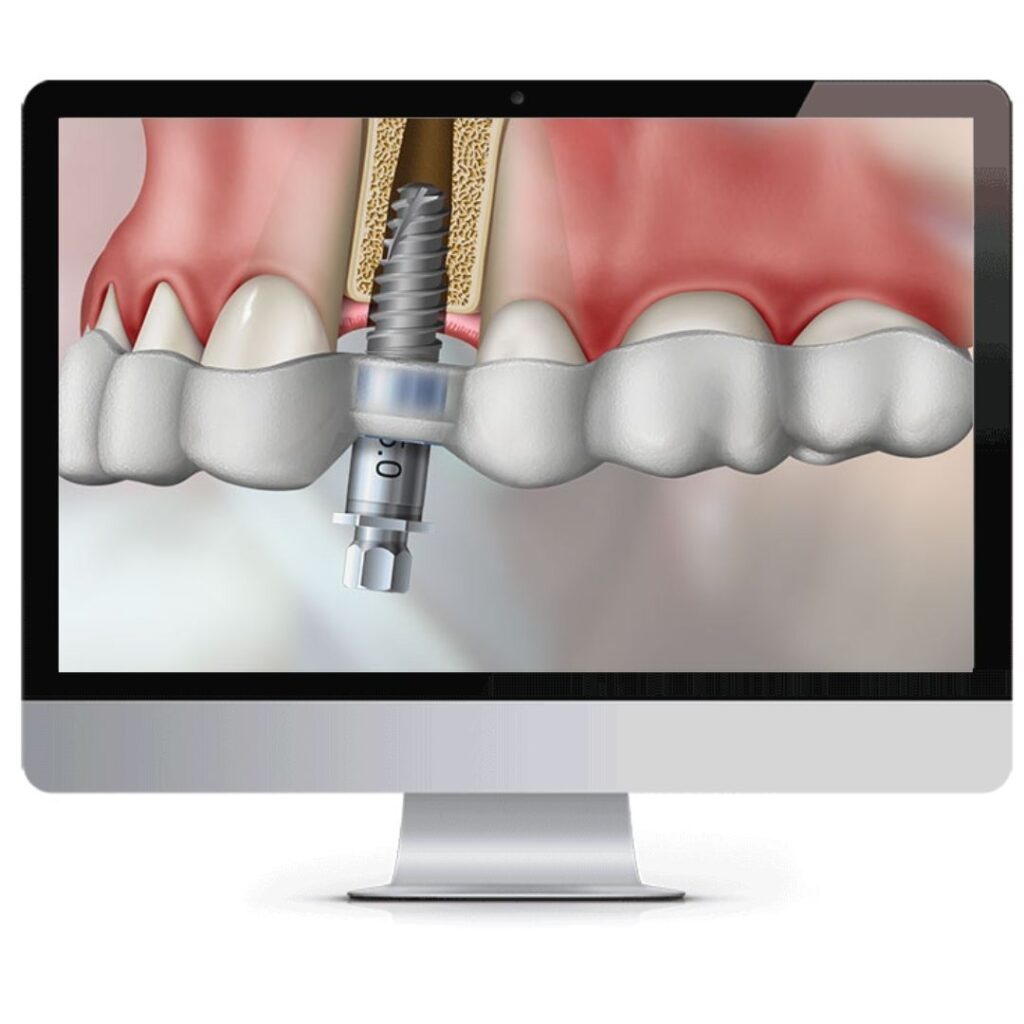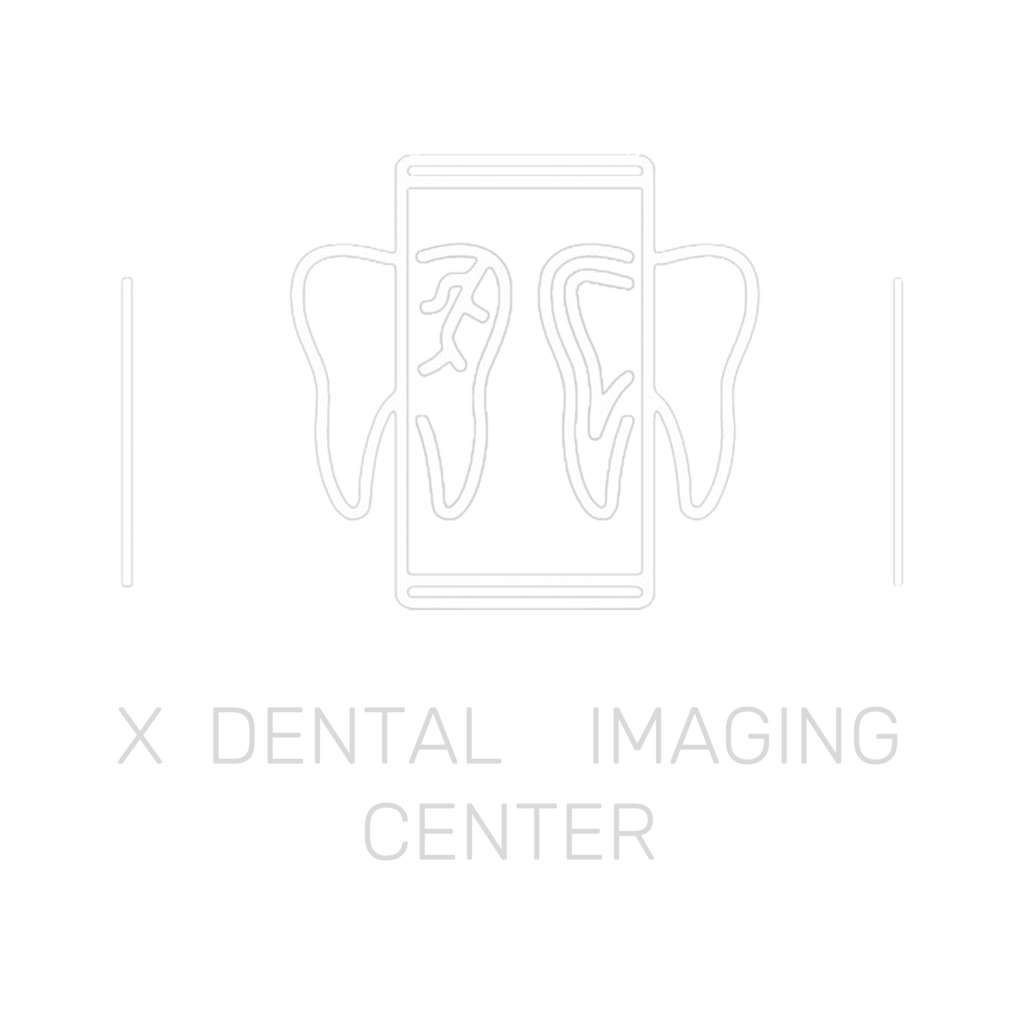Follow Mark’s journey from hesitation to clarity as he discovers why imaging is the first—and most important—step before a dental implant.

“It’s just one missing tooth. I’ll survive.”
That’s what Mark told himself for months. A back molar lost to an old root canal failure—nothing visible when he smiled, nothing urgent… or so he thought.
But soon, chewing on that side became uncomfortable. The other teeth began shifting. And one day at lunch, a cracked filling reminded him: “I’m building problems I can’t see.”
That’s when he walked into a clinic and heard something unexpected.
“Before we talk implants, we need a scan.”
What Kind of Scan? And Why?
The dentist wasn’t talking about a simple 2D X-ray.
He meant a CBCT scan—Cone Beam Computed Tomography.
Unlike flat images, a CBCT shows bone density, nerve position, and surrounding anatomy in three dimensions. It’s the foundation of any successful implant plan.
Mark was skeptical. “Is it really necessary?”
The dentist smiled. “Only if you want the implant to last.”
Seeing is Believing
When Mark saw the 3D image of his own jaw, something clicked.
There it was—his empty socket, shallow bone depth, a curved nerve dangerously close.
Had they placed the implant based on guesswork or a 2D image? There could’ve been complications. Nerve damage. Implant failure. Additional surgeries.
But now, with the digital map, the dentist could plan exactly where to place the implant—angle, depth, width—all before making a single incision.
Mark nodded. “Now I understand.”
What Happened Next
Using the scan, the clinic created a guided surgical plan. The procedure took under an hour. Healing went smoothly. The implant integrated perfectly. Six months later, a custom crown completed the picture.
But Mark still remembers the scan.
“That’s the moment I stopped guessing and started trusting the process.”
Why Imaging Should Always Come First
If you’re considering a dental implant, a 3D scan isn’t optional—it’s essential. Here’s why:
✅ It reveals bone quality and volume
✅ It prevents nerve or sinus complications
✅ It enables guided surgery for better precision
✅ It reduces surprises during the procedure
✅ It shortens healing time with proper placement
The Bottom Line
You wouldn’t build a house without checking the foundation.
You shouldn’t place an implant without checking your anatomy.
Digital imaging makes implants safer, faster, and far more predictable.
Thinking about an implant?
Come in for a CBCT scan first. It might be the smartest step you’ll take toward a healthier, stronger smile—just like Mark did.



